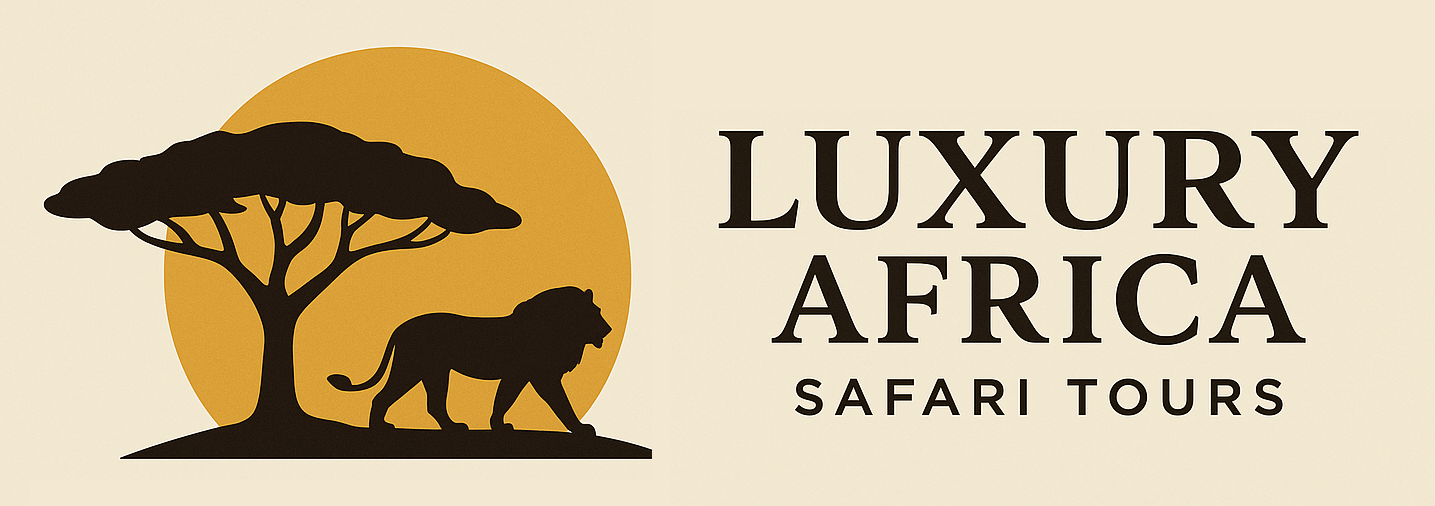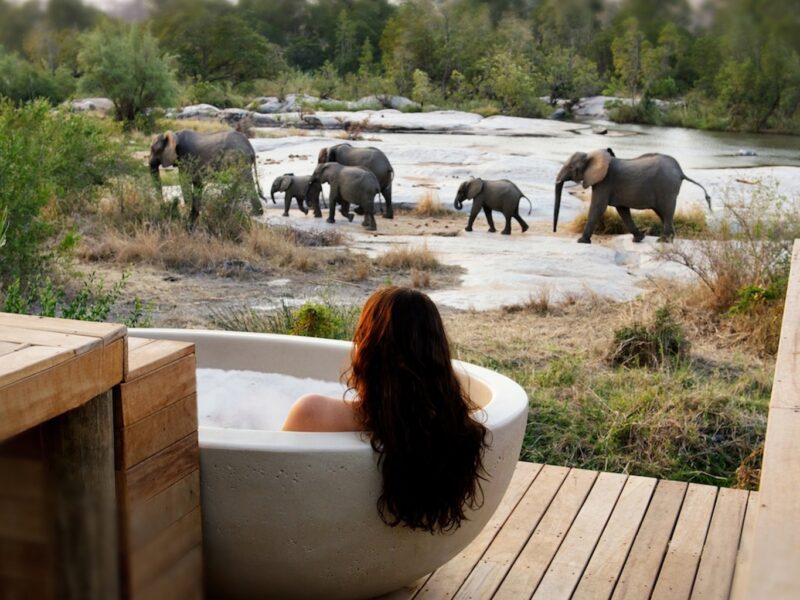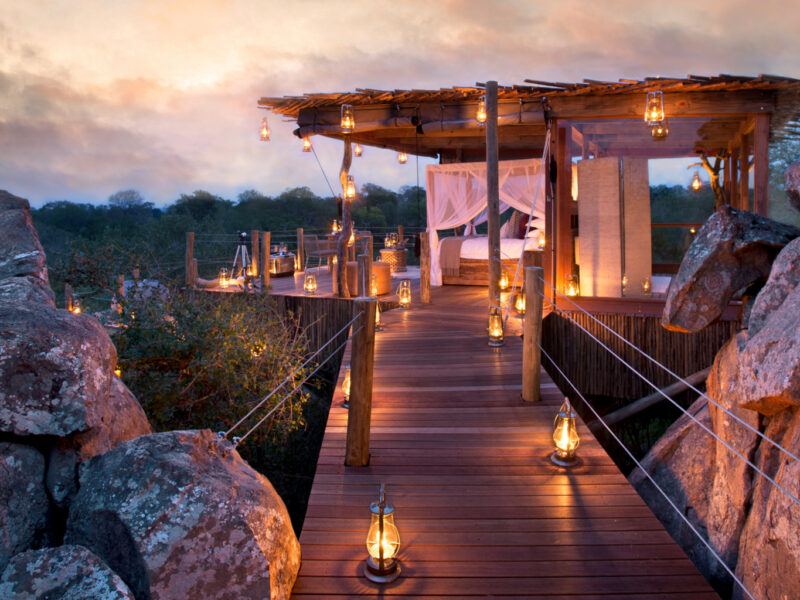The Serengeti Great Migration Part 3 – River Crossing Season
Part 3 of the Serengeti Great Migration is where drama meets survival, and the rhythm of instinct drives the herds forward. It’s the time of year when travelers witness nature at its most intense and cinematic—where memories are etched not only in photos but in emotion.
As the seasons shift and the dry months settle over the Serengeti ecosystem, the Great Migration enters one of its most dramatic and anticipated phases—the river crossing season. This is Part 3 of the migration cycle, typically unfolding between July and October, when the herds move from the central Serengeti into the northern Serengeti and Masai Mara in search of greener pastures. It’s a journey defined by peril, instinct, and breathtaking intensity as thousands of wildebeest and zebras face one of nature’s greatest challenges: crossing the crocodile-infested waters of the Grumeti and Mara Rivers.
The Drama of the Crossing
The river crossings are not just a highlight of the migration—they are the migration’s most iconic spectacle. Huge numbers of wildebeest pile along the riverbanks, hesitating, sensing danger, unsure of when to make the plunge. The pressure builds. And then, all at once, they surge forward into the churning current, hooves splashing, eyes wide with fear, determined to survive. Below the surface, giant Nile crocodiles wait, motionless but deadly, ready to strike. The chaos lasts only minutes, but it is unforgettable: the thunder of hooves, the splash of water, the cries of calves separated from their mothers. It is raw, wild, and utterly captivating.
A Game of Timing and Patience
For travelers, witnessing a river crossing is about being in the right place at the right time—and often, that means waiting and watching. Wildebeest may approach the river multiple times in a day, retreating again and again before finally crossing. This unpredictability adds to the thrill. Patience is rewarded with front-row views of one of the world’s last great natural dramas. Whether you witness a small trickle of nervous animals or a thunderous stampede of thousands, the moment leaves a deep impression. No two crossings are ever alike.
Predators on the Move
As the herds head north, predators follow, particularly lions and hyenas. They know the herds will be compressed around the rivers and offer frequent chances to strike. Meanwhile, on the Mara River’s banks, crocodiles reign supreme, some having waited months without a meal, now feasting in violent bursts during the crossings. Scavengers circle above. In this phase, nature is at its most unforgiving, yet also at its most spectacular.
The Landscape of the North
The northern Serengeti and Kenya’s Masai Mara offer a striking change of scenery from the southern plains. Here, rolling hills, dramatic escarpments, and dense woodland frame the migration. The rivers carve deep channels into the landscape, offering scenic views and high vantage points for game viewing. Despite its remoteness, the northern Serengeti is well-equipped with luxury tented camps and lodges perfectly positioned along the river routes. These exclusive properties provide a quiet, intimate base for witnessing the migration without the larger crowds often found on the Kenyan side.
Beyond the Crossings
While the river crossings are the star of this season, the northern migration also offers incredible predator action, diverse birdlife, and excellent leopard sightings. Game drives cover vast terrain, from open plains where elephants roam in family groups to shaded thickets where lions nap after a night’s hunt. The energy is palpable, the tension constant, and the sightings rich and varied. Every day feels like a new chapter in an unfolding wilderness saga.




